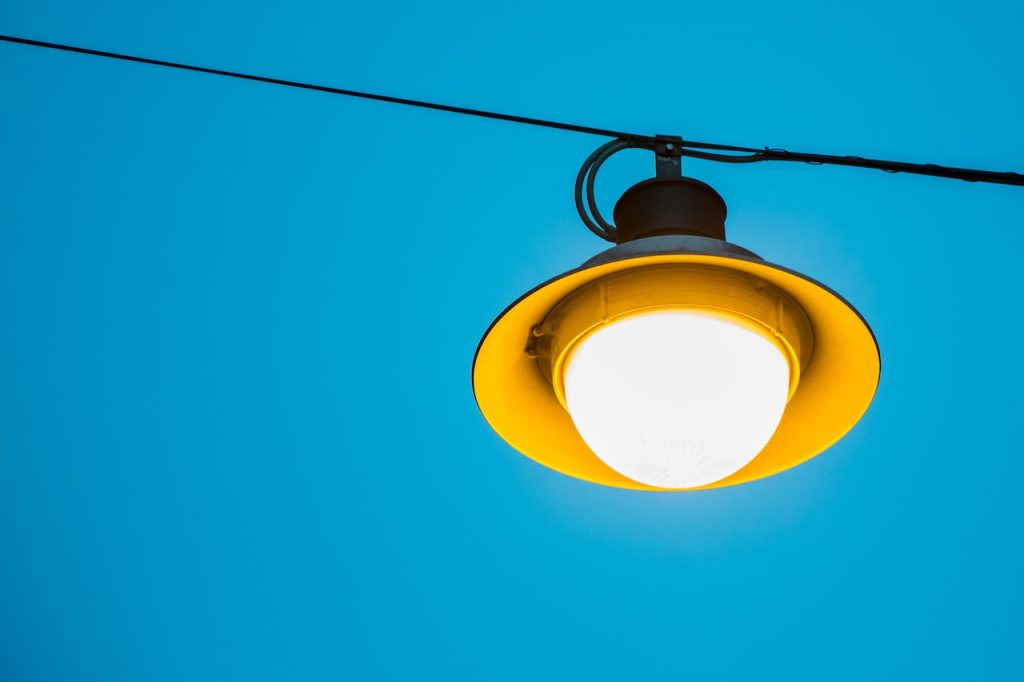
How to Choose the Best LED Ceiling Lights
A lot of people are readily adopting the use of LED panel lights for their house decor. These lights not only make your house look brighter, but they are also very energy-efficient, and they help to save a lot of electricity. Not just this, but the cost of maintaining an LED light is also meagre. It almost doesn’t require any additional maintenance cost. However, some factors need to be taken into consideration while purchasing an LED ceiling light.
Tips on How to Choose the Right LED for Your Ceiling
LED lights have brought a revolutionary change in the field of lighting. They are durable, long-lasting, eco-friendly, and more efficient. They are raging the market and are largely replacing the age-old incandescent bulbs. To find the LED lights of the best quality, one has to determine their worth based on factors like appearance, CRI, power factor, etc., all of which is information provided on the packages. Therefore, be sure you carefully look into all these aspects before you jump to a decision. Stated below are some of the factors in detail.
Most Important Factor to Choose an LED Ceiling Light
Some of the most important factors that can help you choose the best LED ceiling lights in Singapore are as follows:
- Lumens Per Watt: As can be figured out, Lumens is the unit used to measure the strength of LED bulbs. Lumens are a scale that determines the amount of brightness or light that the human eye can withstand or perceive. The higher the count of lumens, the brighter is the light. Almost all the modern ceiling LED lights to have packages that show how many lumens can be produced by the bulb. Lumens are the accurate measure that determines a light source’s efficiency based on the lumens produced per watt. To give an idea, it is essential to note that 9-12 watts LED lights can provide the same number of lumens as any standard 40 watts or 60-watt bulb. Imagine how much energy you can save! Once you install LED ceiling lights in your Singapore house, you will see your wattage consumption going down considerably!
- Power: This is an important parameter that determines the quality of an electrical instrument. The power factor is the ratio of real power to apparent power. A smart buyer doesn’t only check the wattage of an LED light but also checks the power factor and the wattage.
- Colour Rendering Index: The Colour Rendering Index, or CRI, is an essential factor that determines the ability of the LED ceiling light to show all the colours naturally or realistically. The CRI of an LED shows the effect that a bulb has on the colour of the objects. For instance, it is important to check whether the blue colour looks blue, the green colour looks green, and the red colour looks red. CRI is measured on a scale ranging from 0 to 100. Sunlight is the only light source with a CRI of 100, which means that with a CRI of 100, the colours look exactly as they are. Therefore, the higher the CRI, the better the visuals. The lower the CRI, the worse are the visuals. Places like museums, jewelry stores, and art galleries require LED lights that have high CRI. For residential LED ceiling lights, one doesn’t need bulbs with very high CRI. However, one should make it a point to opt for LED ceiling lights with CRI more than 70 as CRI less than 70 can cause the colours to appear washed out and dull.
- The Temperature of Colour: LED lights have a variety of colours. The temperature of the colours ranges between 2800K to 6500K. For instance, warm white has a temperature between 2700K and 3500K; neutral white has a temperature of 4000K to 4500K, and cool white ranges between 5000K and 6500K. A good LED ceiling light will always mention the temperature of the colour on the package. The temperature of the colour of LED light impacts the colour of the things that one sees under the light. Therefore, one should choose the temperature of the LED-based on his needs and applications.
- Heat Sink: LEDs are not known for their longevity. They require a heat sink to function. For this reason, LED bulbs are equipped with metal fins. These fins go down the side and impart a look different from any bulb of the classic Edison style. This heat sink can dissolve the extra heat and maintain the LED to operate at different temperatures. This enhances the longevity of the LED and gives life to the LED chip. Ideally, an LED chip can function for 20,000 to 50,000 hours. They can be used in cases where maintenance is difficult.
Benefits of Installing LED Ceiling Lights
Stated below are some of the benefits of LED ceiling lights:
- Longer Durability: LED lights do not have filaments, due to which their durability is enhanced. They are not prone to breakages. They are ideal as one doesn’t need to replace them often.
- Compact Size: LED ceiling lights have a very compact size. They can fit well in the most unusual and hard-to-reach places. They can well suffice your architectural needs and desires.
- Fast Switching: LED ceiling lights have a fast switching facility. Every time you turn the switch on, it will light up instantly!
- Safety: They are much safer in comparison to conventional lights. They are easy to install and maintain.
- Environment-friendly: LED ceiling lights are extremely eco-friendly. They do not contain harmful gases or emit UV rays.
Considering all the points mentioned above, it can be vouched for that LED ceiling lights offer a win-win situation for everyone. As they do not emit any heat or harmful gases, these lights are also very easy to store. Therefore, it’s high time that we ditch our age-old conventional lights and replace them with LED ceiling lights that will suit both the decor of our room, as well as our needs.
